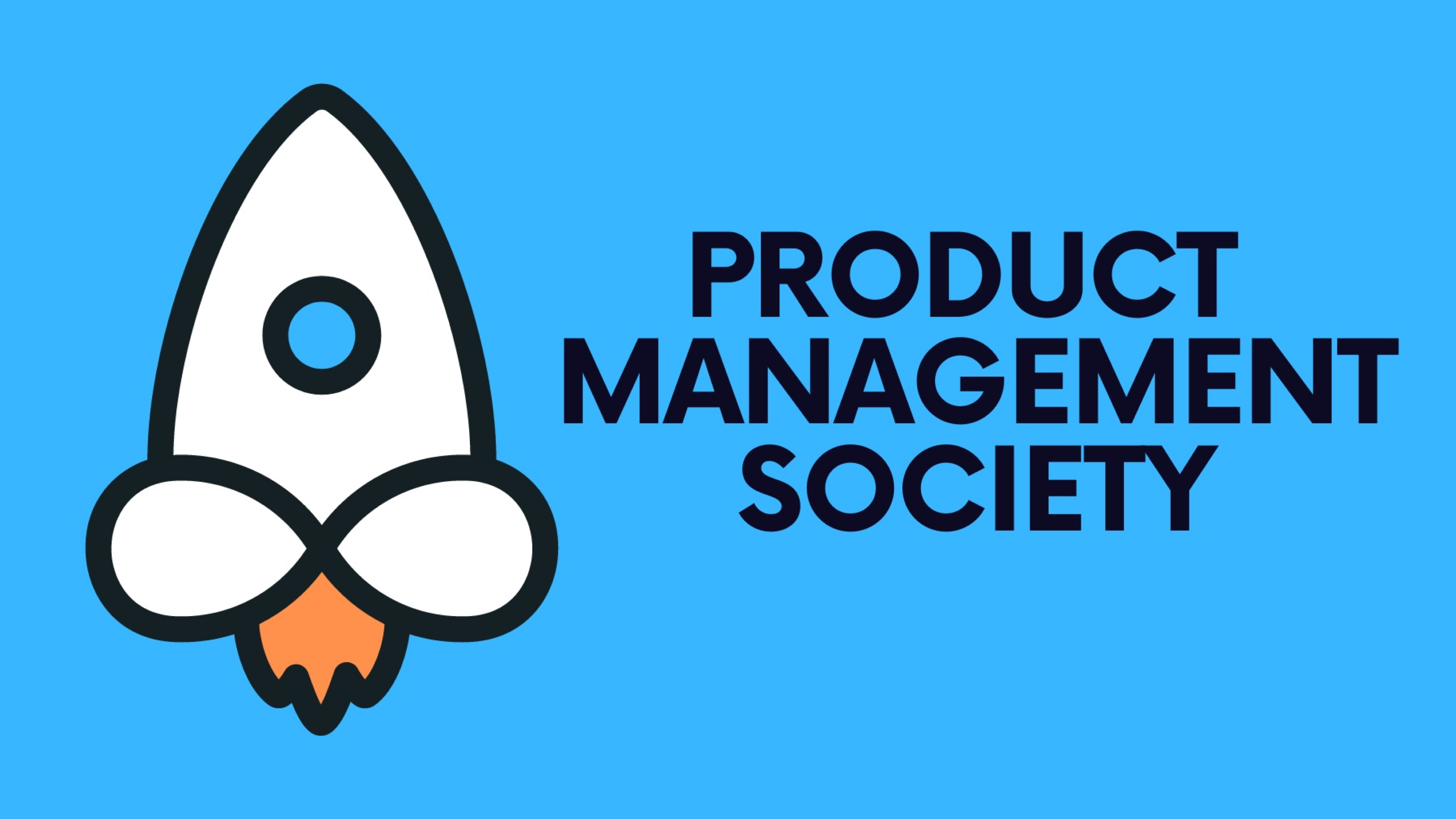This article explores the essentials of data-driven decision-making in product management, offering insights into how product managers can utilize data to guide their strategies and actions effectively.
1. The Importance of Data in Product Management
Data serves as the backbone of informed decision-making, providing objective insights that can challenge assumptions, validate ideas, and illuminate the path forward. In product management, data can reveal user behavior patterns, market trends, and the impact of product changes, enabling managers to make decisions that are not based on intuition alone but on empirical evidence.
Thanks for reading Product Management Society! Subscribe for free to receive new weekly posts 🚀
2. Types of Data for Product Managers
Product managers rely on various data types, including:
- Quantitative Data: Numerical data that can be measured and analyzed statistically, such as user engagement metrics, sales figures, and conversion rates.
- Qualitative Data: Non-numerical information that provides context and insights into user experiences, such as customer feedback, interview transcripts, and usability test results.
3. Collecting and Analyzing Data
Effective data-driven decision-making involves both the collection and analysis of relevant data:
- Setting Up Metrics and KPIs: Identify key performance indicators (KPIs) that align with your product goals and strategies. These metrics will guide what data you need to collect.
- Utilizing Analytics Tools: Tools like Google Analytics, Mixpanel, or Amplitude can track and analyze user interactions with your product.
- Conducting A/B Tests: A/B testing allows you to compare different versions of your product to determine which features or designs perform better.
- Gathering User Feedback: Surveys, interviews, and feedback tools provide qualitative insights that complement quantitative data, offering a fuller picture of user satisfaction and needs.
4. Making Data-Driven Decisions
With data at your fingertips, the challenge becomes how to use it effectively:
- Prioritize Based on Data: Use data to identify which features or improvements will have the most significant impact on your goals.
- Validate Assumptions: Before embarking on new product initiatives, validate your assumptions with data to reduce risks and ensure alignment with user needs.
- Iterate and Improve: Data not only informs the initial decision but also helps you iterate and enhance your product based on continuous feedback and performance metrics.
5. Challenges of Data-Driven Decision Making
While data-driven decision-making has many benefits, it also comes with challenges, including data overload, analysis paralysis, and the risk of over-reliance on quantitative data while neglecting qualitative insights. Balancing data with other decision-making factors, such as intuition and user empathy, is crucial.
6. Cultivating a Data-Driven Culture
Fostering a data-driven culture within your team and organization ensures that decisions are consistently informed by data. This involves training team members on the importance of data, encouraging data sharing and transparency, and celebrating decisions that are backed by solid data insights.
Conclusion
Data-driven decision-making empowers product managers to navigate the complex landscape of product development with confidence. By leveraging both quantitative and qualitative data, managers can make informed decisions that lead to successful, user-centered products. As we move forward in the digital age, the ability to harness data effectively will continue to be a critical skill for product managers seeking to innovate and compete in the market.
Stay tuned for our next article, "Understanding Basic Financial Concepts for Product Managers," where we'll dive into the financial skills needed to ensure your product's success from a business perspective.
If you’re finding this newsletter valuable, consider sharing it with friends, or subscribing if you aren’t already. Also, consider coming to one of our Meetups and following us on LinkedIn ✨
Thanks for reading Product Management Society! Subscribe for free to receive new weekly posts 🚀







